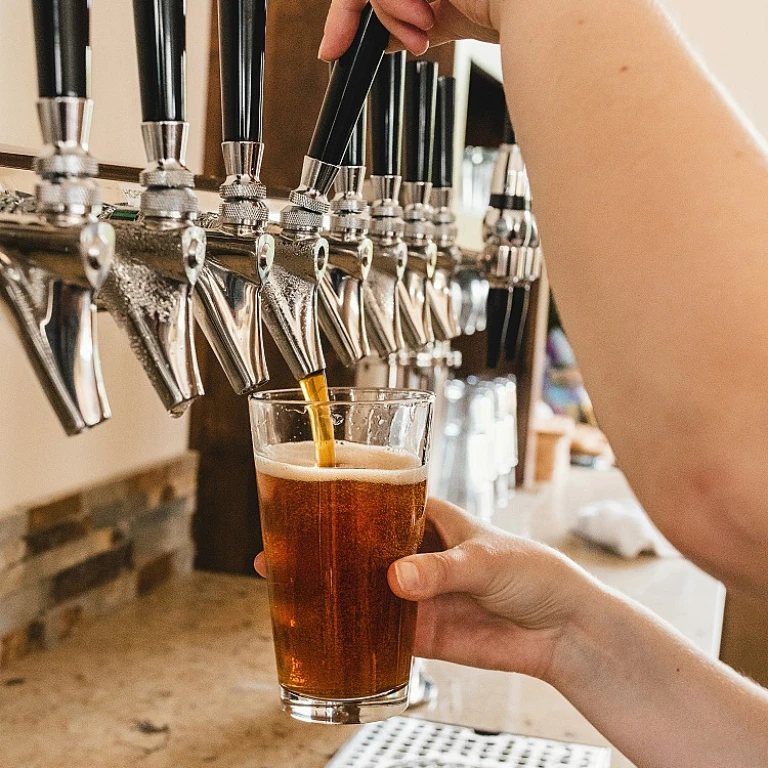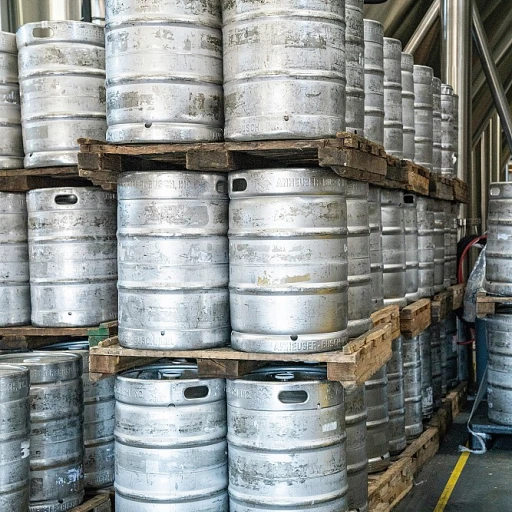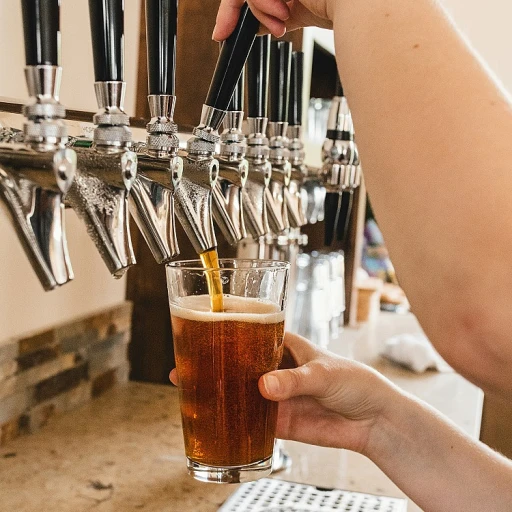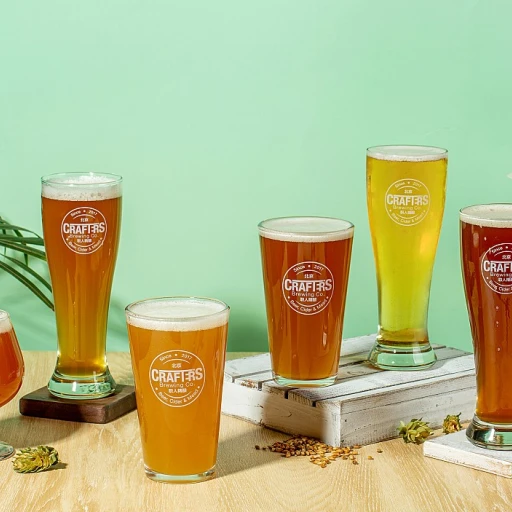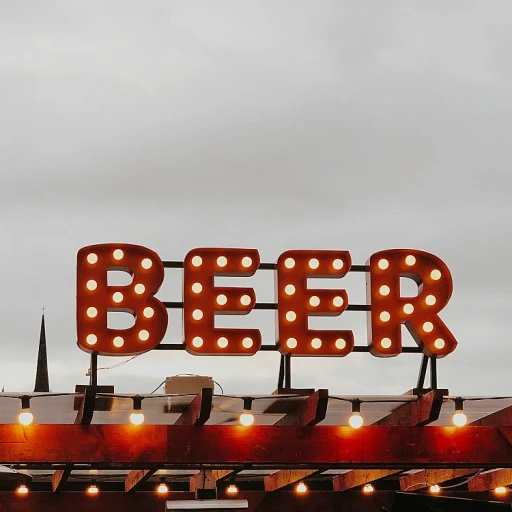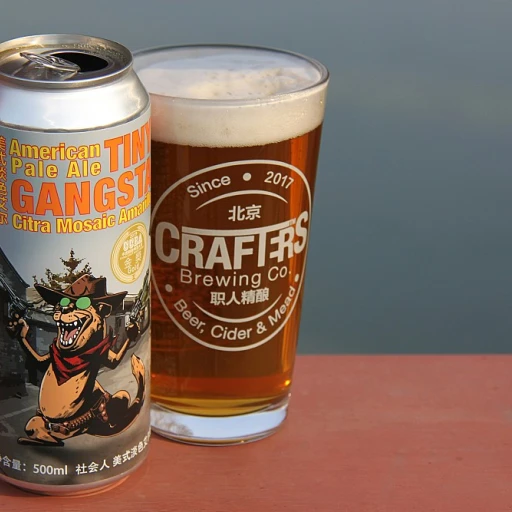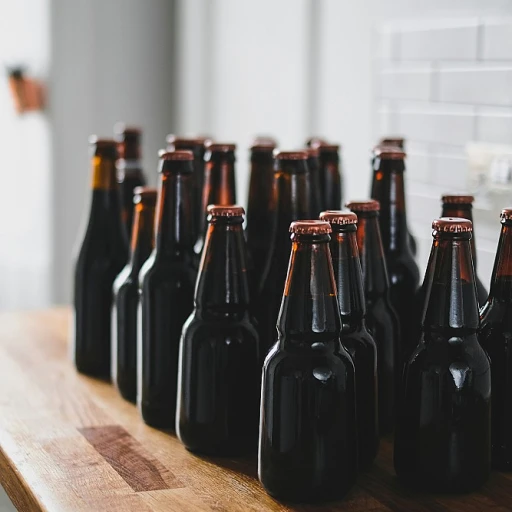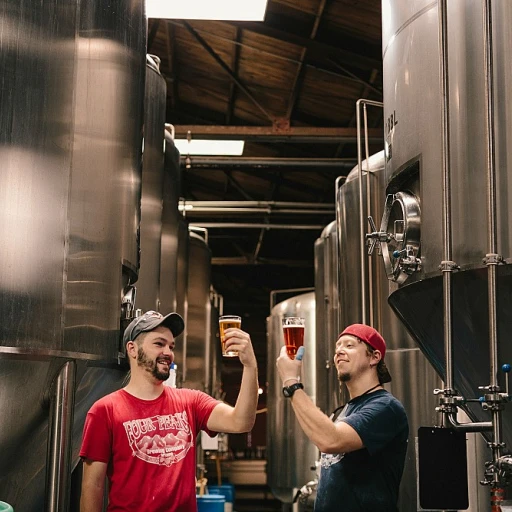
A Brief History of Beer Kegs
Tracing the Origins of the Beer Keg
Beer kegs have been around for centuries and were initially devised as a practical solution for storing and transporting beer. The concept dates back to ancient Europe where oak casks were commonly used for this purpose. As time went on and brewing processes became more sophisticated, kegs evolved to ensure beer stayed fresh and delivered the optimal taste experience. In this section, we delve into how kegs have become a cornerstone of the beer industry. The early wooden casks were gradually replaced by more durable materials like aluminum and stainless steel, allowing for better pressurization and temperature control. These technological advancements have played a crucial role in the kegs' ability to enhance the beer's flavor, akin to their bottled and canned counterparts. For a deeper understanding of the evolution of packaging beer, check out this journey through bottles and cans. Understanding the origins of kegs not only gives us insight into the importance of beer preservation but also sets the stage for exploring the various keg sizes and types, and how to properly tap a keg. This knowledge enhances the appreciation of the cherished staple of communal beer enjoyment: the perfectly poured draft beer.Understanding Different Keg Sizes and Types
Exploring the Dimensions and Styles
When it comes to enjoying a beer from a keg, understanding the different keg sizes and types can customize your beer experience. There are a variety of keg sizes, each catering to different occasions and enthusiasts’ preferences. Each style offers a distinct way to cherish the moment with your favorite beer like never before.
- Mini Kegs: These are perfect for personal use or small gatherings, holding around 5 liters of beer. They are portable and convenient for those who enjoy fresh beer on-the-go.
- Cornelius Kegs: Originally used for soft drinks, these kegs are popular with homebrewers, as they are easy to clean and maintain.
- Quarter Barrel (Pony Keg): Ideal for parties, this keg holds about 7.75 gallons and fits comfortably in most kegerators.
- Half Barrel: Known as the standard beer keg, it contains about 15.5 gallons. It’s a go-to option for larger gatherings and events.
Various types of kegs also serve different purposes, enriching your experience of pouring a cold pint. Embracing these differences not only offers variety but also adds fun to finding the right fit for the occasion. For more insight into keeping your beer chilled, check out the benefits of using bottle koozies to enhance your enjoyment.
The Art of Tapping a Keg
The Intricate Process of Tapping
Successfully tapping a keg is not just a skill but an art form. The process, though seemingly straightforward, requires attention to detail to ensure the perfect pour. Whether you are an experienced bartender or just a homebrew enthusiast, understanding the nuances of tapping makes all the difference in your beer experience.
Preparing the Keg
Before you even begin tapping, it's crucial to ensure your keg has been properly chilled. Cold beer provides a better carbonation level, resulting in a cleaner pour. Take the time to double-check the type of keg you have. Is it a torpedo, half barrel, or perhaps a party keg? Each has its unique tapping mechanism.
Step-by-step Tapping Guide
- Positioning: Place the keg in its desired location. Ensure it's stable to prevent spills.
- Attaching the Tap: Align the coupler with the keg's fitting, applying firm pressure. Twist it until securely locked.
- Engaging the Keg: Pull out the handle of the coupler, and push down to engage. Listen for the sound of beer filling the line, indicating a successful connection.
- Adjusting Pressure: if your setup includes CO2, adjust the pressure accordingly. Over pressurizing can lead to excessive foam, while too little pressure might result in a flat beer.
- Pouring the Perfect Pint: Tilt your glass at a 45-degree angle, slowly opening the faucet. As the glass fills, begin to straighten it to create that iconic head of foam.
Tapping a keg isn’t just about technicalities; it’s also about enhancing the enjoyment of your draught beer. As you immerse yourself in this process, remember to enjoy experimenting with different keg designs and styles available on the market today, each offering a unique draft experience just waiting to be explored.
Popular Beers and Styles in Kegs
Well-Loved Keg Beer Varieties
The joy of beer kegs is their ability to house a multitude of beer styles, providing enthusiasts with fresh, draft options that highlight a brewery's unique offerings. There's something extraordinary about the diverse choices available directly from a keg.
Some of the most popular styles found in kegs include:
- Lagers: Often favored for their crispness and easy-drinking nature, lagers are a staple in draft beer selections, ranging from pale to dark variations.
- IPAs (India Pale Ales): With their bold hop profiles and intense flavors, IPAs are a crowd favorite in kegs, offering drinkers a robust tasting experience.
- Stouts and Porters: These darker beers deliver a rich, creamy mouthfeel, perfect from the first to the last pour.
- Wheat Beers: Known for their cloudy appearance and bright flavors, wheat beers are popular choices in kegs for their refreshing qualities.
These beer styles offer something for everyone, making keg beer an appealing choice for any social gathering. Whether you're an enthusiast or a casual drinker, exploring these styles can enhance your appreciation of beer. Plus, the spontaneous nature of draft beer fosters a unique social vibe that is difficult to replicate with other forms of beer.

